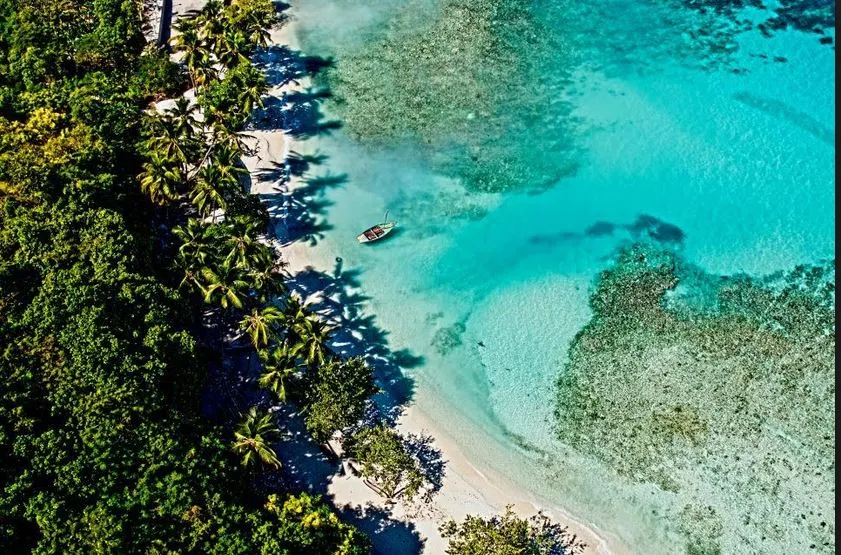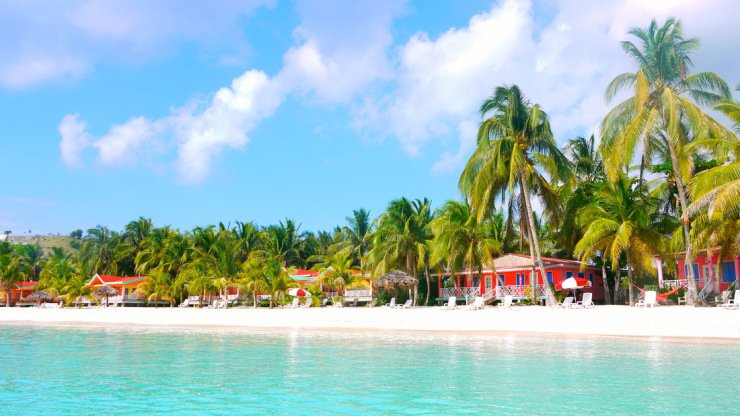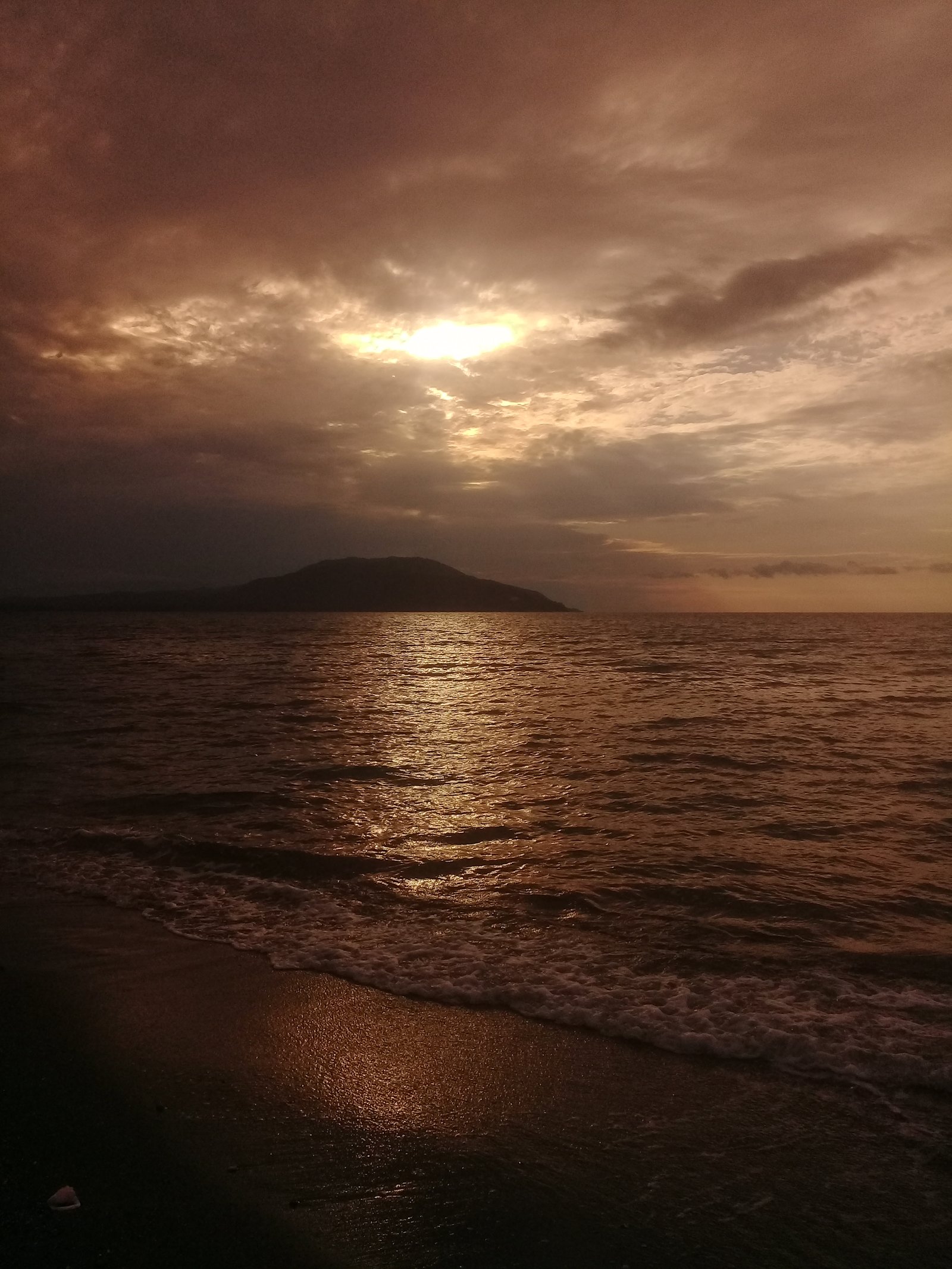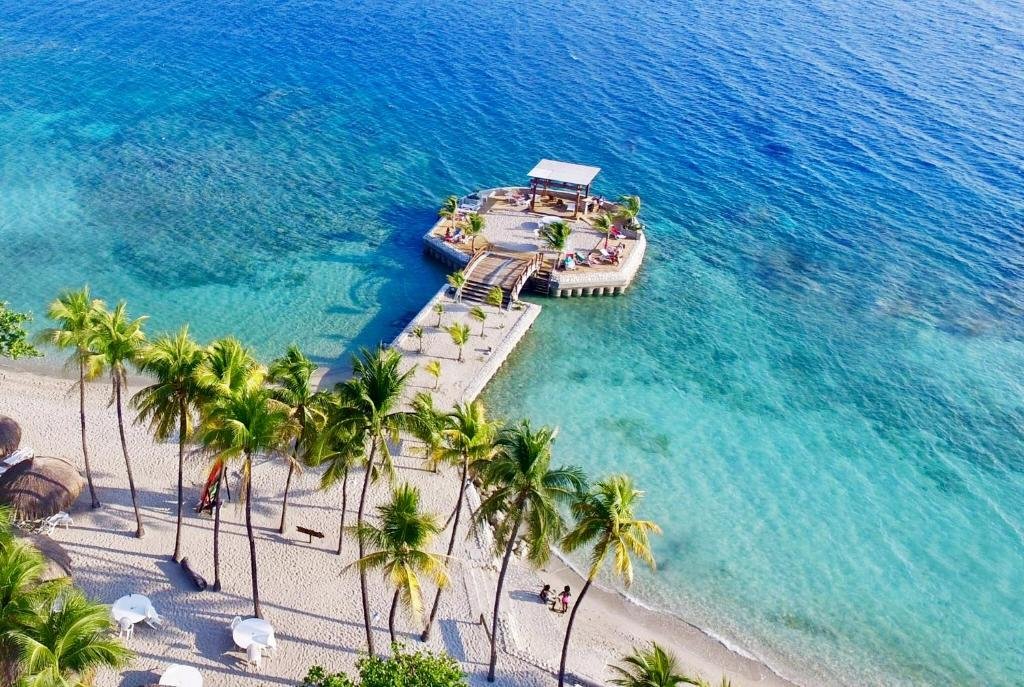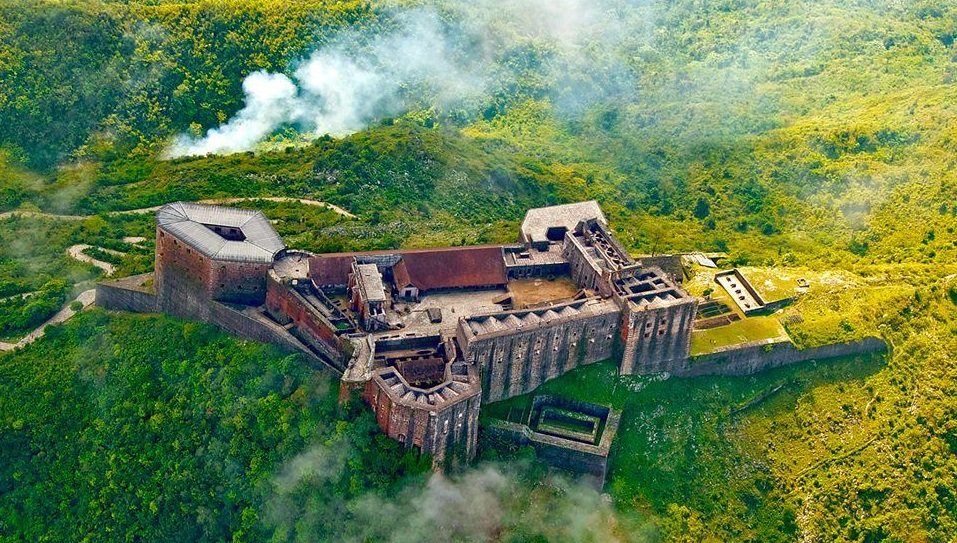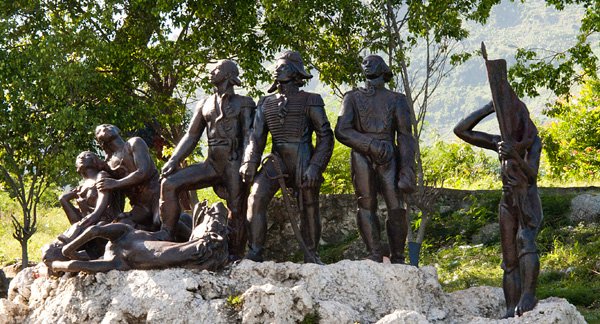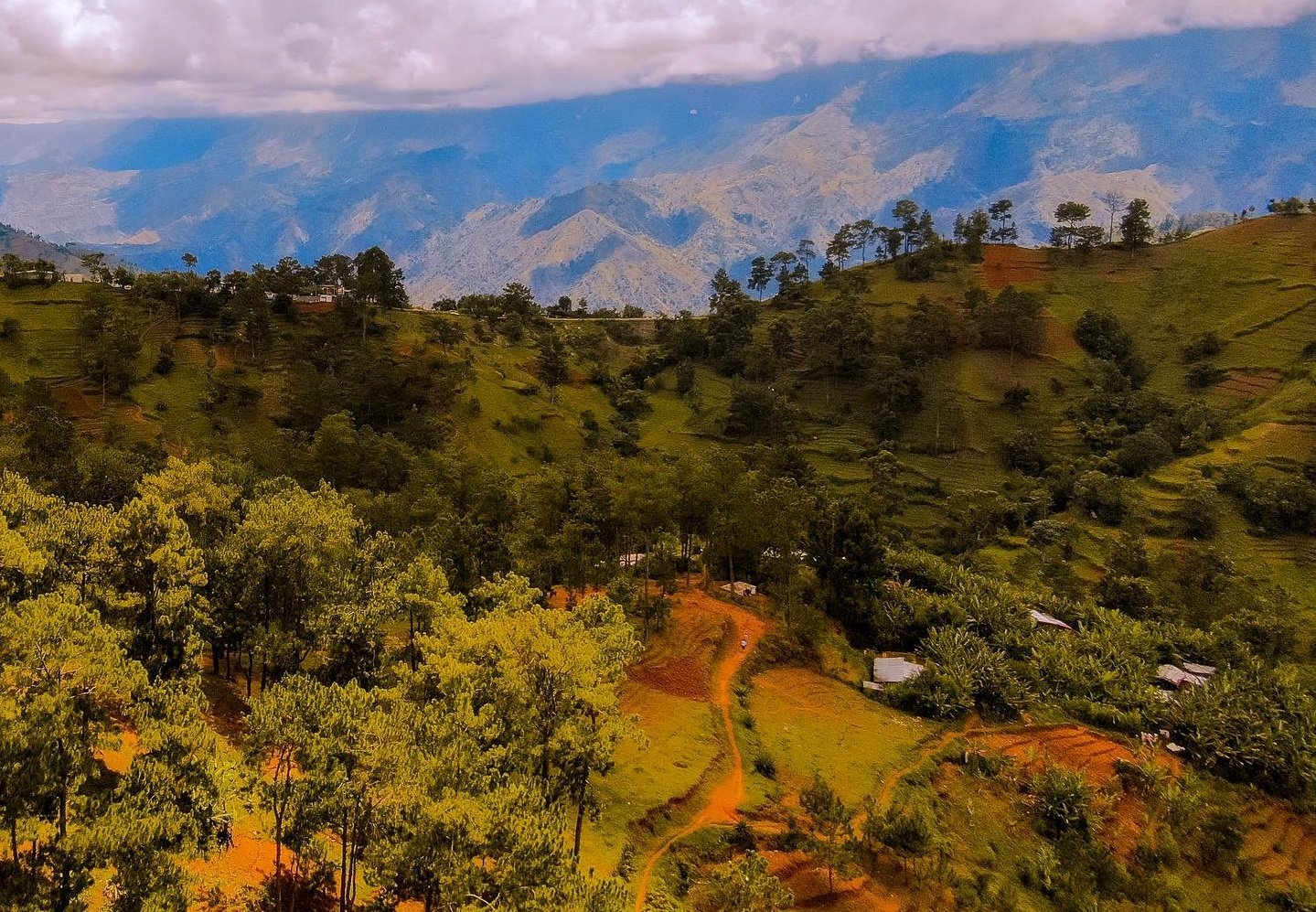Haïti : Île-à-Vache
Île-à-Vache is a small island located off the southwest coast of Haïti in the Caribbean Sea. It is part of the South Department of Haïti and is known for its picturesque landscapes, white sand beaches and relatively unspoilt natural beauty. The island has historically been a popular destination for tourists seeking an escape from the hustle and bustle of Haiti’s more populated and developed regions.
Île-à-Vache is characterized by its peaceful and unspoiled environment, making it a popular location for ecotourism and for those seeking a more peaceful vacation experience. The island is renowned for its pristine beaches, clear waters and vibrant coral reefs, making it an ideal place for snorkeling and scuba diving.
See as well
The island has undergone some development efforts to attract tourists, including the construction of small hotels and resorts, but it has retained much of its traditional, laid-back atmosphere.
Read the article in :









